DJI today strengthened its role as the drone industry’s safety leader at a Washington, D.C. event by committing to install airplane and helicopter detectors in new consumer drones. This is the first part of a 10-point plan to ensure the world’s skies remain safe in the drone era.
2020
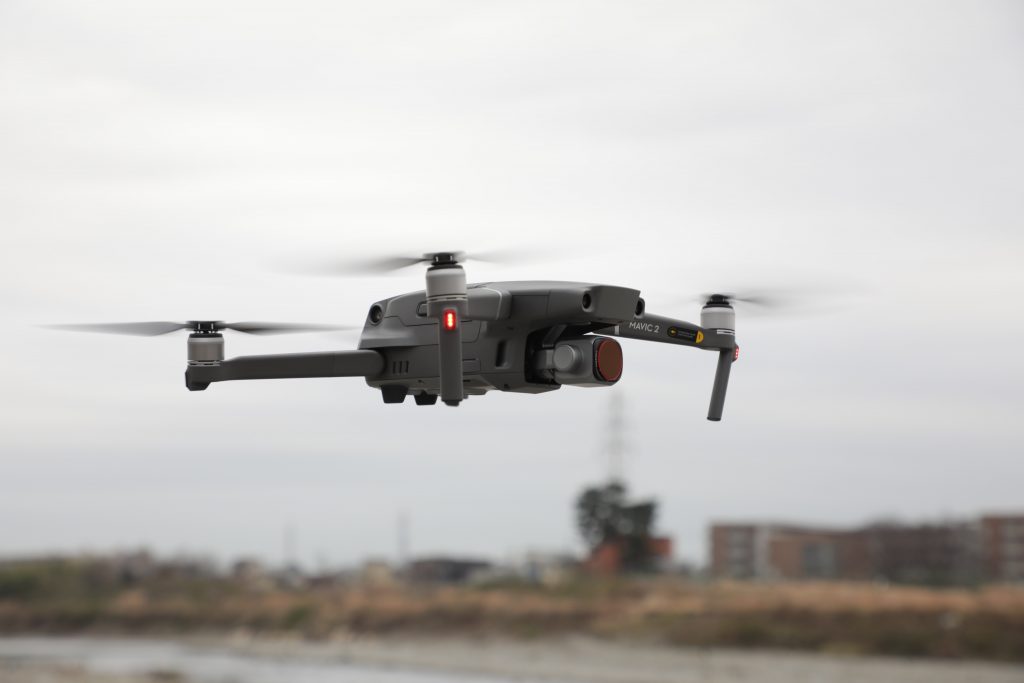
All new DJI drone models released after January 1, 2020, that weigh more than 250 grams (8.8 oz) will include AirSense technology. AirSense technology will allow consumer drones to receive ADS-B signals from nearby airplanes and helicopters that will warn drone pilots if they appear to be on a collision course.
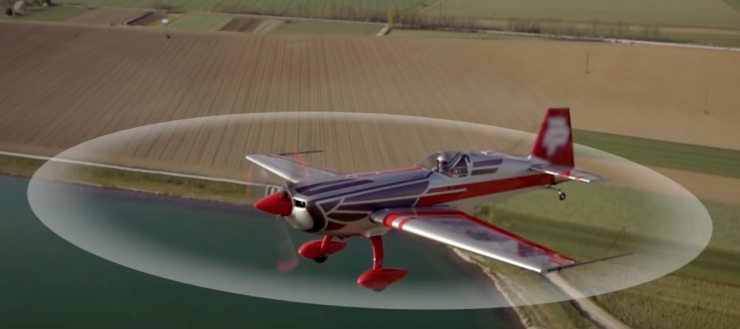
This initiative from DJI will be the largest single deployment of ADS-B collision awareness technology to date and sets a new standard by putting professional-grade aviation safety technology in mass-produced consumer drones.
How does AirSense work?
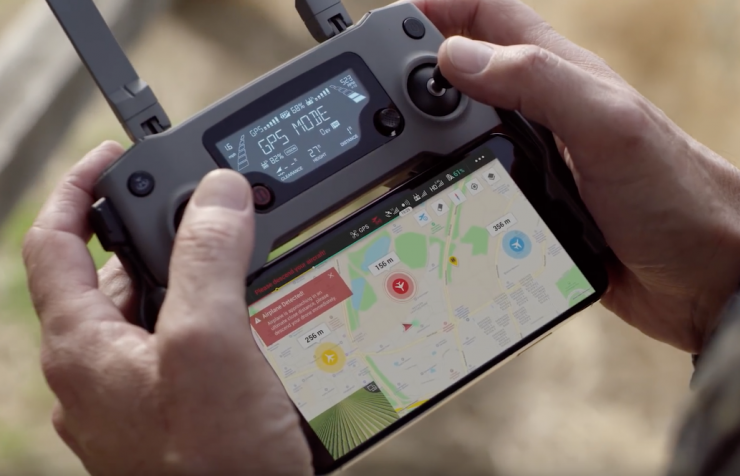
AirSense can detect airplanes and helicopters from miles away, farther than a drone pilot can hear or see them. Once detected, AirSense displays the location of the plane or helicopter on the screen of the pilot’s remote controller. This technology has previously only been available on some professional-grade DJI drones.
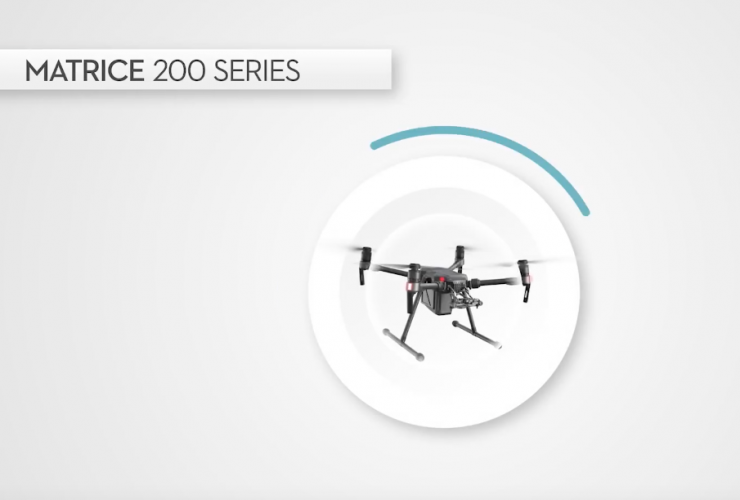
The DJI Matrice series and the Mavic 2 Enterprise both already have AirSense.
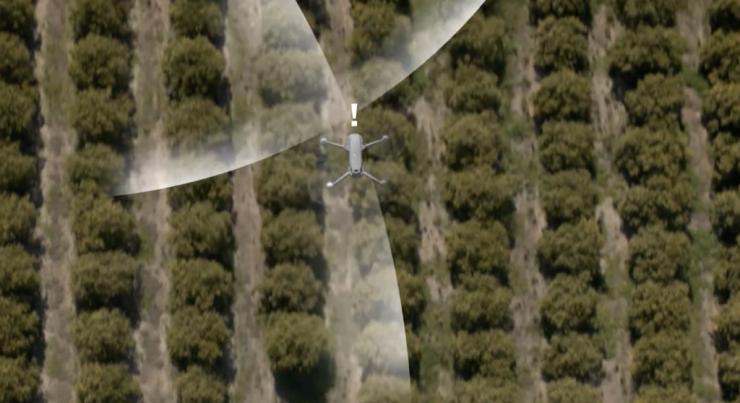
“DJI was the first company to offer geofencing, automatic altitude limits, return-to-home technology and other safety features to the world’s growing community of personal and professional drone pilots. We believe our efforts have helped drones attain their enviable safety record, and we expect our new agenda will further improve safety even as more drones take to the skies.”
Brendan Schulman, DJI Vice President for Policy & Legal Affairs.
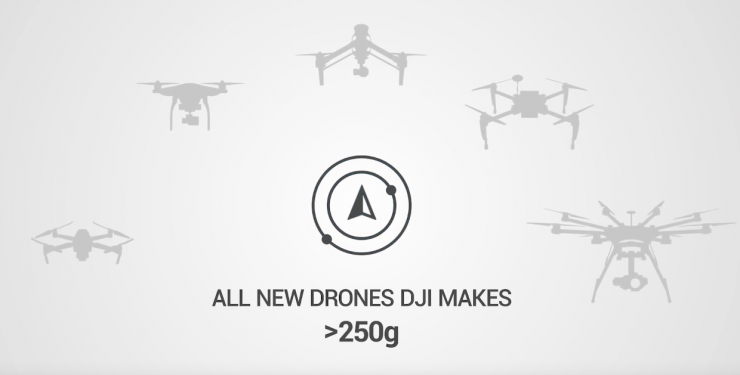
DJI’s AirSense commitment is the first of 10 points in “Elevating Safety,” its new plan for how DJI, other drone manufacturers, and government officials around the world can maintain drones’ admirable safety record. The 10 points are:
- DJI will install ADS-B receivers in all new drones above 250 grams
- DJI will develop a new automatic warning for drone pilots flying at extended distances
- DJI will establish an internal Safety Standards Group to meet regulatory and customer expectations
- Aviation industry groups must develop standards for reporting drone incidents
- All drone manufacturers should install geofencing and remote identification
- Governments must require remote identification
- Governments must require a user-friendly knowledge test for new drone pilots
- Governments must clearly designate sensitive restriction areas
- Local authorities must be allowed to respond to drone threats that are clear and serious
- Governments must increase enforcement of laws against unsafe drone operation
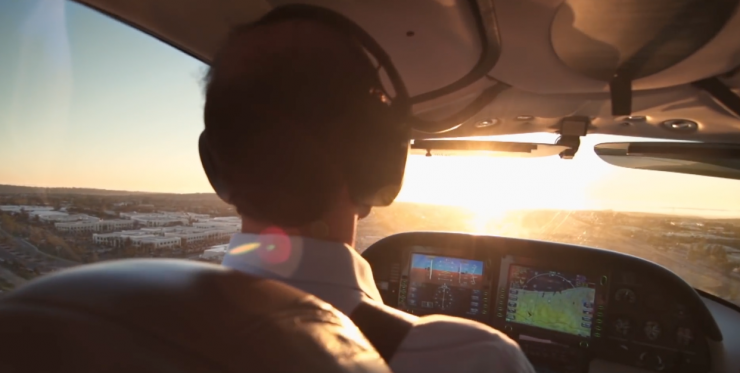
“Elevating Safety” is based on a comprehensive evaluation of available drone safety data, which concludes that most drone incident data collected by government regulators is misleading or useless, and shows that many media accounts of midair drone incidents are false or unproven.
Everyone wants safer skies
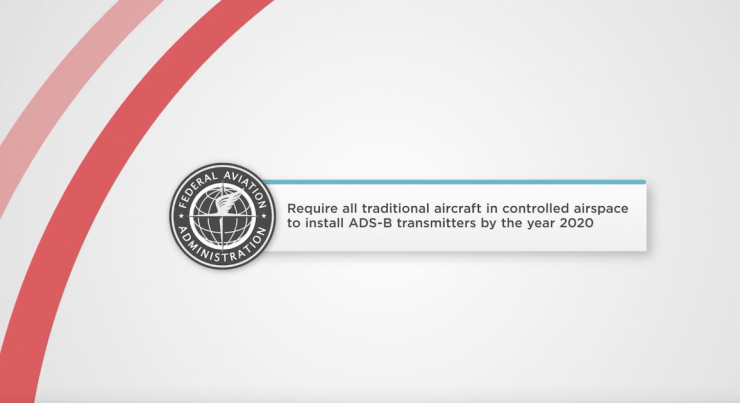
Other aviation organizations agree that installing AirSense in mainstream consumer drones is an important step for protecting airplanes and helicopters and the people who fly in them. DJI’s schedule aligns with the FAA’s upcoming requirement for essentially all airplanes and helicopters to be equipped with ADS-B transmitters in controlled airspace, starting January 1, 2020.
At the end of the day its in DJI’s best interests to make drones as safe as possible. There entire business depends on drone sales, and if tougher regulations, or a serious incident occurs that will only hurt their bottom line.





